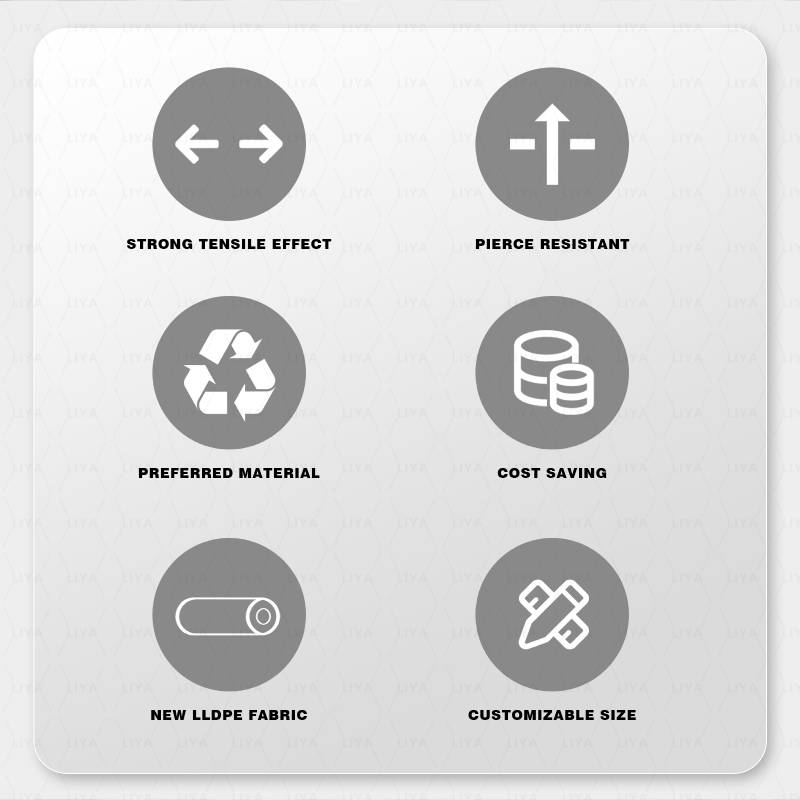pe packaging film
The Importance of PE Packaging Film in Modern Industries
In the realm of packaging, polyethylene (PE) film has emerged as one of the most versatile and widely used materials across various industries. Its exceptional properties, coupled with its cost-effectiveness, make it an ideal choice for numerous applications, from food packaging to industrial use. This article delves into the significance of PE packaging film, exploring its benefits, applications, and future prospects.
Understanding PE Packaging Film
Polyethylene is a polymer made of long chains of ethylene monomers. Depending on the density and branching of the polymer chains, it can be categorized into different types, namely Low-Density Polyethylene (LDPE), High-Density Polyethylene (HDPE), and Linear Low-Density Polyethylene (LLDPE). Each variant comes with unique characteristics, including flexibility, clarity, and strength, making them suitable for diverse packaging needs.
Benefits of PE Packaging Film
1. Durability and Strength One of the standout qualities of PE packaging film is its durability. The resistance to punctures, tears, and impact allows products to be adequately protected during transportation and storage. This durability is crucial for maintaining the integrity of fragile items.
2. Moisture Barrier PE film offers excellent moisture barrier properties, protecting food items and other products from moisture damage. This attribute is particularly vital in food packaging, as it helps extend the shelf life of perishable goods and maintain their freshness.
3. Lightweight The lightweight nature of PE film not only reduces shipping costs but also makes handling easier for manufacturers and consumers alike. Lighter packaging can lead to lower transportation costs and a smaller environmental footprint.
4. Flexibility and Versatility PE film can be manufactured in various thicknesses and can be easily manipulated to meet specific packaging requirements. This flexibility allows manufacturers to create customized solutions, whether for retail packaging, industrial wraps, or protective covers.
5. Cost-Effectiveness Compared to other packaging materials, PE film is relatively inexpensive. Its cost-effectiveness, combined with its durability and performance, makes it a popular choice among manufacturers looking to optimize their packaging solutions without compromising quality.
Applications of PE Packaging Film
pe packaging film

The applications of PE packaging film are vast and extend across numerous sectors
- Food Industry In the food industry, PE film is extensively used for sealing food items, providing a barrier against moisture, oxygen, and light. It is commonly found in shrink wraps, sandwich bags, and vacuum-sealed packaging, ensuring that food remains fresh and safe for consumption.
- Retail Packaging Retailers leverage PE film for packaging a variety of consumer products, such as clothing, electronics, and household goods. The clarity of the film allows for excellent visibility of the product, enhancing its appeal to consumers.
- Industrial Use In industrial settings, PE film is employed for pallet wrapping, protecting goods during shipping and storage. The strength and stretchability of the film ensure that loaded pallets remain stable and secure.
- Medical Packaging In the healthcare sector, PE film is utilized for packaging medical supplies and instruments. Its moisture barrier properties and sterilization capabilities make it an essential material for maintaining hygiene.
Future Perspectives
With the global focus shifting towards sustainability, the packaging industry is undergoing significant changes. Although traditional PE films are not biodegradable, innovations in material science are leading to the development of biodegradable and recyclable PE films. These advancements aim to reduce the environmental impact of plastic waste and respond to consumer demands for more sustainable packaging solutions.
Furthermore, as the e-commerce sector continues to flourish, the demand for efficient and protective packaging will only increase. This presents opportunities for the evolution of PE packaging film, where manufacturers will be encouraged to develop new formulations that enhance performance while reducing environmental footprints.
Conclusion
PE packaging film plays a critical role in modern packaging solutions, offering a blend of durability, flexibility, and cost-effectiveness. Its extensive applications across various industries highlight its importance in protecting products and extending shelf life. As innovations continue to advance, the future of PE packaging film looks promising, with sustainability taking center stage. Embracing these changes will be crucial for the ongoing relevance and success of PE packaging in a rapidly changing world.
-
The Best Uses for Small Trash Bags in Daily LifeNewsJul.01,2025
-
Stylish Reusable Grocery Bags TrendsNewsJul.01,2025
-
Shipping Advantages of Using Bubble Envelopes BulkNewsJul.01,2025
-
How Compostable Mailing Bags Reduce Environmental ImpactNewsJul.01,2025
-
Environmentally - Friendly Bulk Poly MailersNewsJul.01,2025
-
Eco Friendly Custom Laminated Tote BagsNewsJul.01,2025
-
Have the freedom of customizing your custom mailers any way you want! Our dedicated packaging support will help deliver you the mailing experience you need to elevate your shipping experience to the next level! Start making a strong impression on your customers and stand out from your competitors! -
LIYA uses high quality raw materials which directly purchased from large enterprises domestic and overseas such as PetroChina, Sinopec, Sabic, Equate, ExxonMobil, Dow Chemical, Total, and Borouge, ensuring the price advantage and quality of the raw materials. -
LIYA uses high quality raw materials which directly purchased from large enterprises domestic and overseas such as PetroChina, Sinopec, Sabic, Equate, ExxonMobil, Dow Chemical, Total, and Borouge, ensuring the price advantage and quality of the raw materials.





